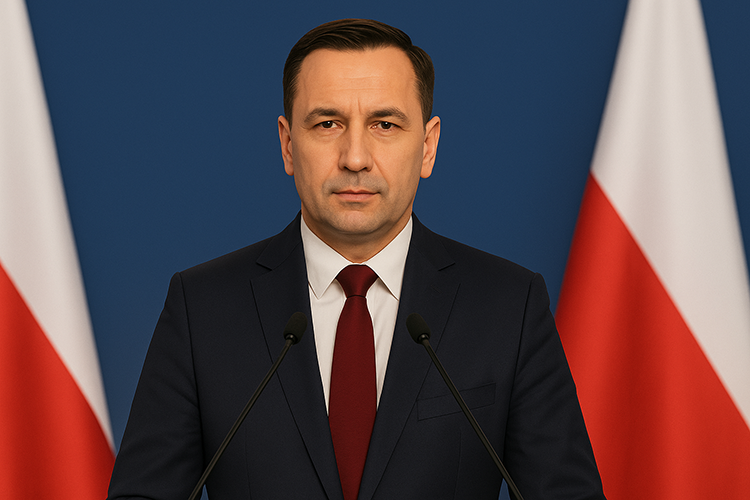2025-06-03
indicators

Following a closely contested election, the National Electoral Commission announced that Karol Nawrocki has been elected President of Poland, narrowly defeating Rafał Trzaskowski with 50.89% of the vote to 49.11%. Voter turnout exceeded 71%, marking one of the highest participation rates in Poland’s recent history. Despite facing several allegations regarding his past—many of which were not substantiated—Nawrocki prevailed over Trzaskowski, the current mayor of Warsaw, who had the backing of the ruling coalition, most major media outlets, and significant institutional support. Nawrocki’s victory prevents the consolidation of political power under Prime Minister Donald Tusk’s government, maintaining a balance between the executive and legislative branches. Had Trzaskowski won, the government would have had control over both branches, enabling broader policy shifts, including those in line with European Union initiatives. Nawrocki’s presidency introduces a counterweight that ensures continued political competition. Poland now faces a period of cohabitation, which will require cooperation between institutions often marked by political divisions. The presidency in Poland has limited formal powers but retains important tools such as legislative vetoes and the authority to refuse nominations. This dynamic may lead to frequent conflicts between President Nawrocki and Prime Minister Tusk, potentially slowing the legislative process. Tusk’s government, despite holding a parliamentary majority, may find itself restricted to administrative governance without broader strategic influence. Meanwhile, Nawrocki is expected to become a key figure for the opposition and may act as a check on government policies, particularly regarding EU matters. From a broader European perspective, Nawrocki’s election could complicate the European Union’s ambitions to reform its treaties, a process that would involve transferring more competencies to EU institutions and removing member-state veto powers. With Nawrocki joining other Eurosceptic leaders in countries such as Hungary, Italy, and Slovakia, efforts to advance treaty changes may face significant resistance. Nawrocki has also criticized policies like the Digital Services Act, expressing concerns about potential restrictions on freedom of expression—contrasting with Trzaskowski’s more supportive stance on EU regulations. The current political landscape in Poland suggests a stalemate: the government lacks the political initiative for major reforms, the opposition holds no parliamentary majority, and the president’s influence is limited to blocking measures. This situation may lead to a period characterized more by political management than decisive governance. Unless the government implements substantial reforms, including fiscal tightening and regulatory simplification, it risks stagnation. While Nawrocki has not outlined a comprehensive economic agenda, his election reflects a broader public sentiment skeptical of progressive reforms aligned with EU policies. Many voters appear to favor a political direction emphasizing national sovereignty and cultural identity. As a result, the 2025 presidential election could mark the beginning of a new phase in Poland’s political development. Source: WEI

